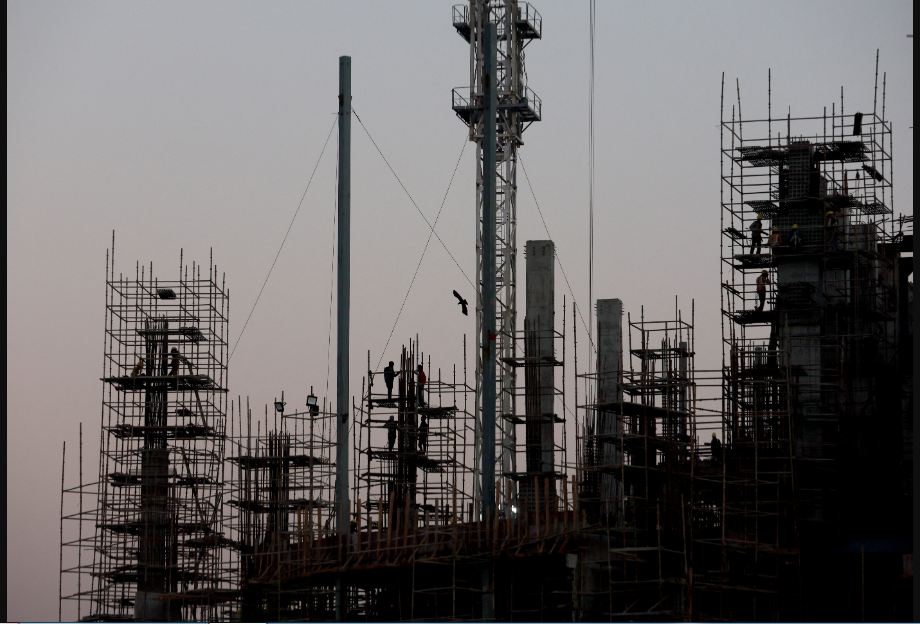West Races to Secure Heavy Rare Earth Supplies as Global Competition Intensifies
London – Western countries are accelerating efforts to expand their rare earth supply chains as competition with China intensifies, with heavy elements emerging as the most difficult gap to fill in the race for technological independence.
These materials, while used in small quantities, are essential for producing advanced magnets that power electric vehicles, defence systems, renewable energy technologies, and consumer electronics.
The push is led by major U.S. support for Nevada-based MP Materials, which has been positioned as a cornerstone of the American rare earth strategy.
The company aims to develop a fully integrated supply chain from mining to finished magnets, reducing reliance on foreign sources in a sector long dominated by Chinese processing.
Backed by several billion dollars in government funding, the company is working to scale output and build manufacturing capacity that can meet growing domestic and global demand.
Recent increases in processed output of key light rare earths have been highlighted as progress, signaling momentum in broader magnet-supply ambitions.
Yet a critical obstacle remains: the scarcity of heavy rare earth elements such as dysprosium and terbium, which are vital for magnets to maintain strength under high heat, including in electric vehicle motors.
These materials are significantly harder to source, and Western mines produce very limited quantities, creating a bottleneck that threatens long-term production targets.
Analysts warn that these shortages may slow progress unless alternative global sources can be secured.
Industry experts say the search for heavy rare earth feedstock will likely require partnerships with resource-rich regions including Brazil, Malaysia, and parts of Africa, where deposits are more abundant.
However, building new supply networks takes time, investment, and extensive regulatory approvals, especially for materials classified as strategic and sensitive.
These delays underline the challenge of reshaping supply chains that have relied on China for decades, both for extraction and processing.
MP Materials has indicated that it is already in discussions with several potential suppliers to address the heavy rare earth gap.
While details have not been publicly disclosed, the company maintains that it is expanding feedstock options through multiple international avenues.
Additional supply is expected to come from recycled materials under a major partnership with a leading technology company that incorporates rare earths into its devices.
This agreement includes a significant investment aimed at eventually sourcing magnets produced in the United States, further boosting efforts to reduce dependence on external processing hubs.
Despite these developments, analysts note that heavy rare earth processing remains deeply concentrated in China, giving it a substantial advantage in global supply networks.
Projections show that Western nations may still rely heavily on Chinese material through the end of the decade, with only modest reductions expected without major technological breakthroughs.
The reliance underscores the complexity of diversifying supply chains for critical minerals that require specialized processing infrastructure not easily replicated elsewhere.
Western governments view this challenge as a strategic priority, linking rare earth independence to national security, clean energy transitions, and economic resilience.
There is growing recognition that supply diversification must involve multiple strategies, including recycling, new mining ventures, and targeted international partnerships.
Countries across the Americas, Europe, and the Indo-Pacific are exploring cooperative frameworks that support resource sharing and joint development of rare earth projects.
Brazil has emerged as one of the most promising sources of heavy rare earth ore, drawing interest from companies seeking alternative feedstock for magnet production.
Its expanding role in the global market could help fill gaps over time, although significant investment and processing capacity will be necessary to meet rising demand.
As governments and private companies look ahead, the race to secure heavy rare earth supplies is shaping geopolitical decisions, investment flows, and industrial policies worldwide.
The outcome will influence the future of electric mobility, clean energy technologies, and advanced manufacturing sectors that depend on these strategic elements.
The West’s current efforts illustrate a broader shift toward building resilient supply chains that can withstand political, economic, and environmental disruptions.
Achieving this will require innovation, collaboration, and consistent long-term planning, especially as global demand for rare earth magnets continues to rise sharply.



